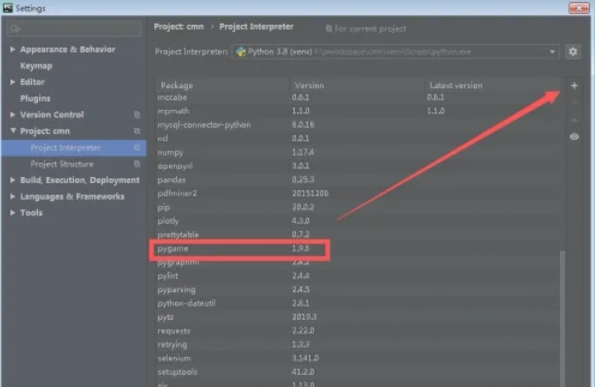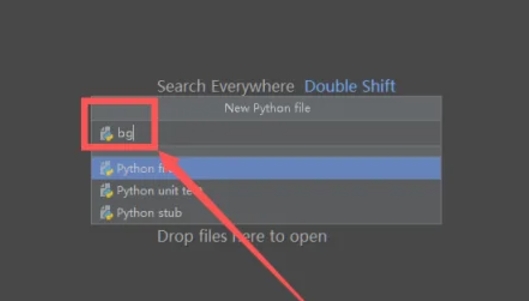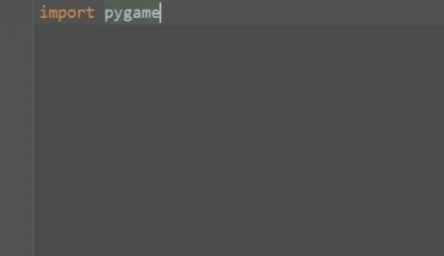Python is a general-purpose, high-level computer programming language known for its concise and clear syntax, powerful library support and cross-platform compatibility. Python's design philosophy emphasizes code readability and simplicity, which helps programmers write and understand code quickly. Python provides a wealth of built-in functions and libraries that can greatly simplify programming tasks. Next, let Huajun editor explain to you how to add background music in Python and how to add background music in Python!
first step
Open the PyCharm tool. Select File -> Settings (or Preferences, depending on your operating system). In the settings window, select Project: <your project name> -> Python Interpreter. Check the list of installed packages on the right to confirm whether pygame is included. If not, click the + button in the lower right corner, search for pygame and install it.

Step 2
In your PyCharm project, right-click on the src folder (or the code folder you specified). Select New -> Python File. Enter a file name, such as background_music.py, and click OK.

Step 3
Open the background_music.py file you just created. Import the Pygame library:
import pygame
importsys
Initialize Pygame’s mixer module (used for audio processing): pygame.mixer.init()
Copy your MP3 file into the project folder and remember its path.
Load and play the audio file in code:
# Assume the MP3 file is named 'background.mp3' and is in the same directory as your Python file
background_music = 'background.mp3'
pygame.mixer.music.load(background_music)
pygame.mixer.music.play(-1) # -1 means loop playback

Step 4
Save your background_music.py file.

Step 5
Right-click the file in PyCharm and select Run 'background_music'.

Step 6
Observe that the Pygame window appears (if you created one) and check that music starts playing.

The above is how Huajun editor compiled for you how to configure environment variables in Python and how to configure environment variables in Python. I hope it can help you!




